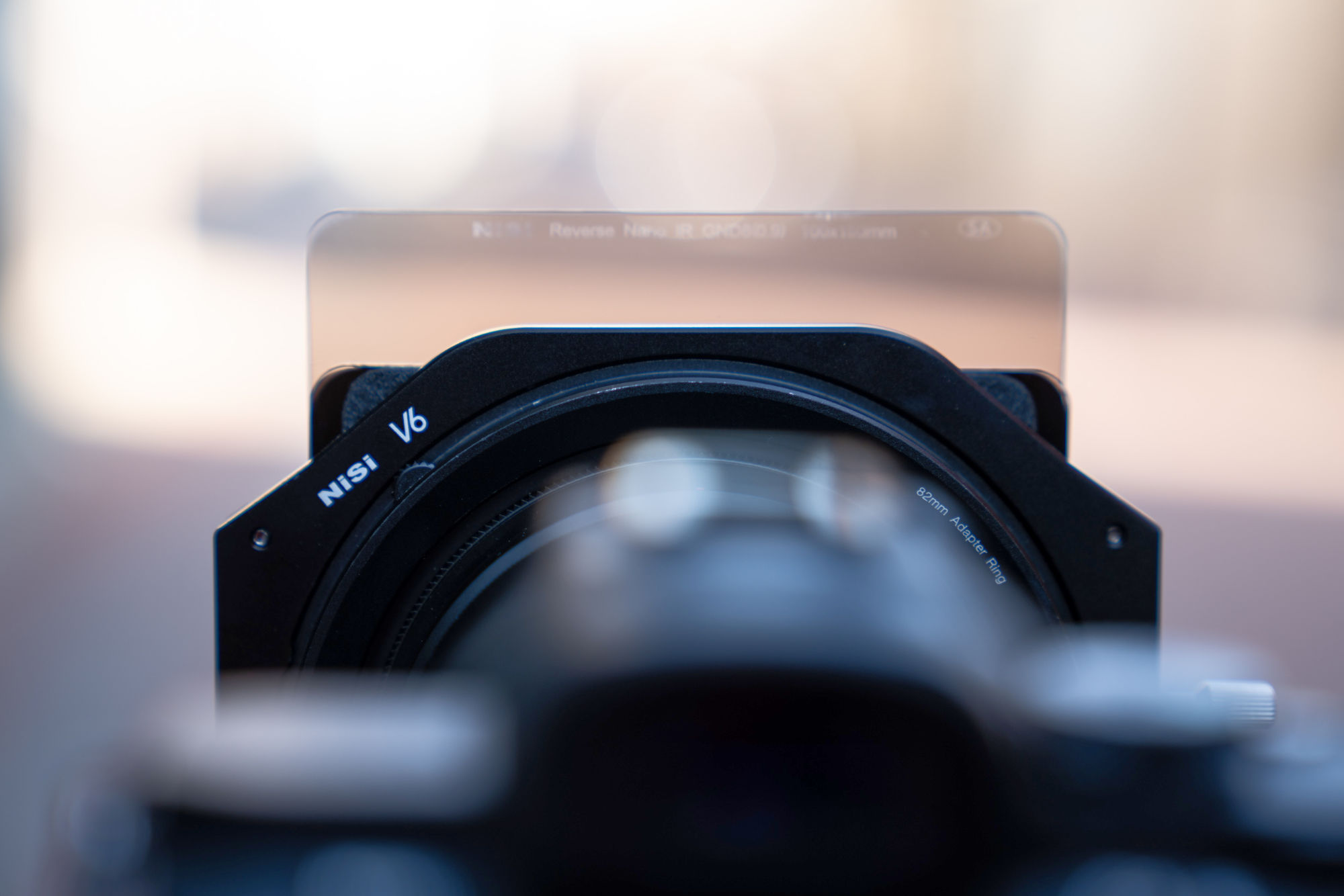When you first start to use a square neutral density filter system it can be a little confusing to understand the correct order to insert filters into the holder. There is a specific order which ND filters are designed to be placed in to prevent light leakage and other image quality issues caused by bright, uneven light entering the camera. If they are not inserted in the correct order it will be quite obvious in the quality of your images.

Some of the products in the NiSi range such as our 3 stop, 6 stop, 10 stop, 15 stop, and 20 stop ND filters are designed with a foam ring around the inside of the filter to create a light seal against the filter holder itself. This helps prevent light from entering behind the filter and ensures the light is uniformly reduced across the entire image when shooting long exposures. Others such as our soft grads, medium grads, hard grads, and Natural Night Filter do not have this foam ring and are not designed to create any sort of light seal when inserted into the filter holder.
The numbers of filters that can be inserted into our NiSi filter systems varies between which size system you are using – 75mm, 100mm, 150mm or 180mm – but there is a standardized order in which neutral density filters should be inserted into the holders no matter how many filter slots are available.
The below is a breakdown of the filter slots available in each system –
75mm Square NiSi Filters Holder – 2 neutral density filters + 1 circular polarizer
100mm NiSi Filter Holders – 3 neutral density filters + 1 circular polarizer
150mm S5 NiSi Filter Holders – 2 neutral density filters + 1 circular polarizer
180mm NiSi Filter Holders – 2 neutral density filters
Throughout the rest of this article, we will refer to the different types of square filters being used in the following way –
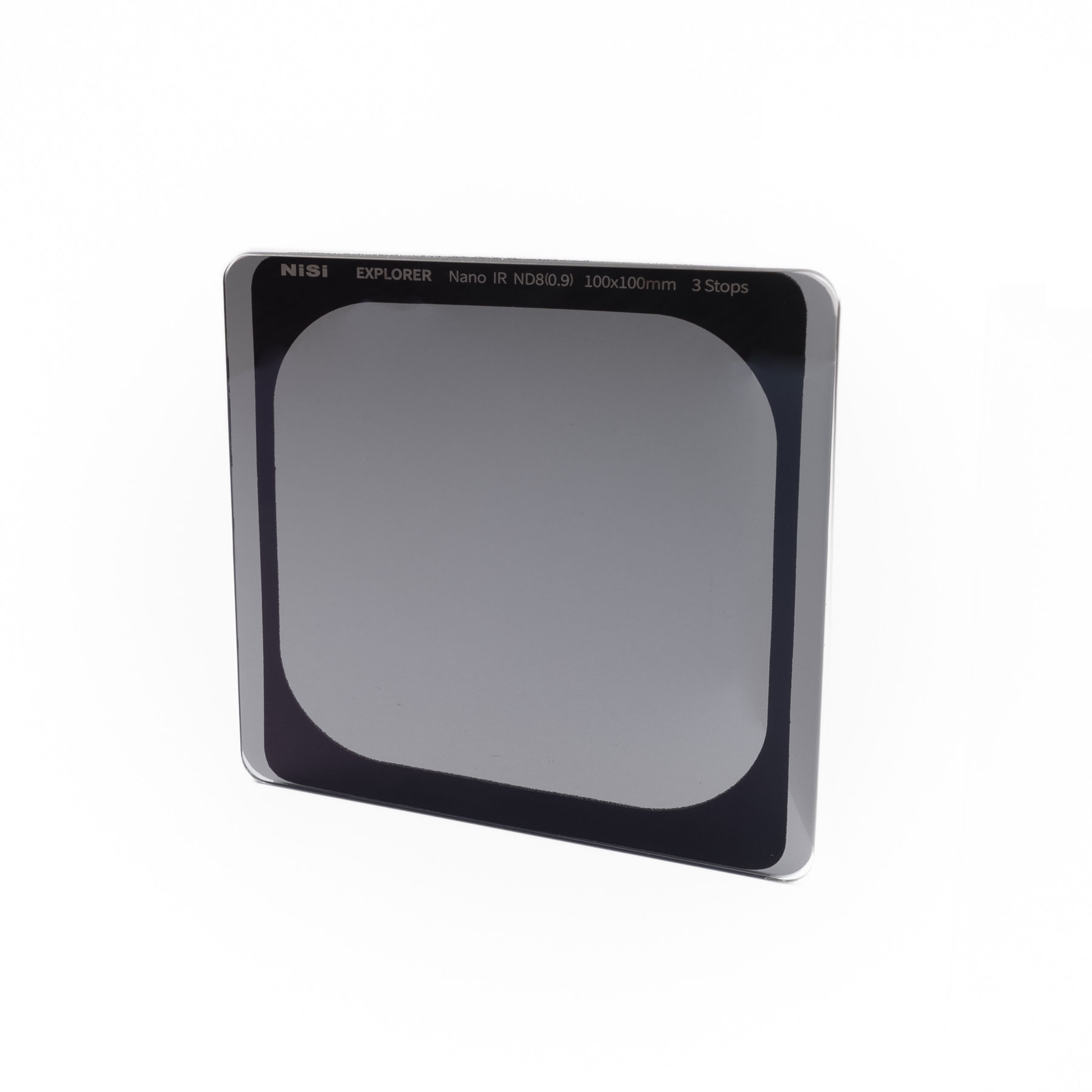
Neutral Density Filters – These include the 3 stop (ND8) ND, 6 stop (ND64), 10 stop (ND1000), 15 stop (ND32000) and 20 stop (1000k) and will all have a foam light seal on one side of the filter.
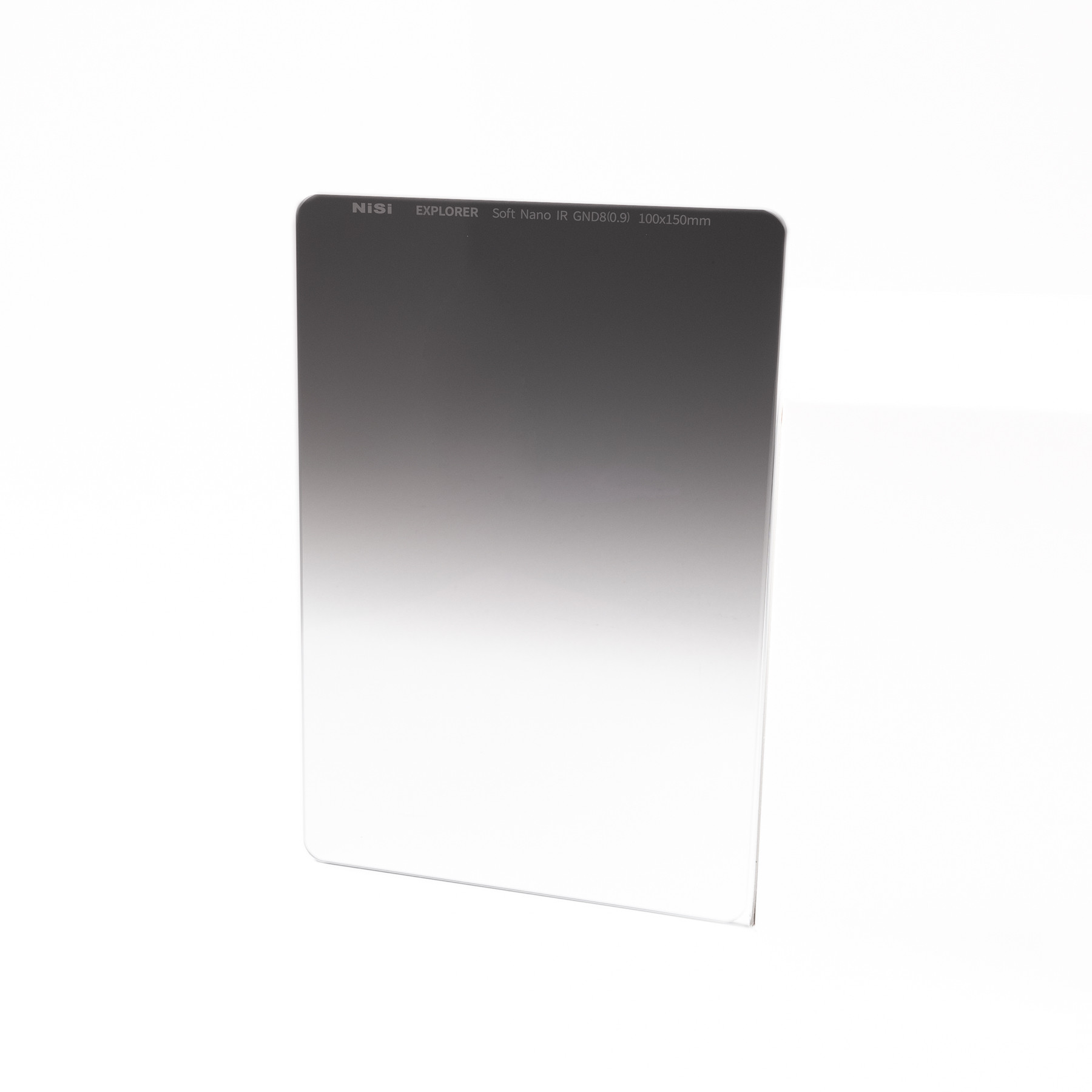
Graduated Neutral Density Filters – These include filters in the soft graduated, medium graduated and hard graduated range.
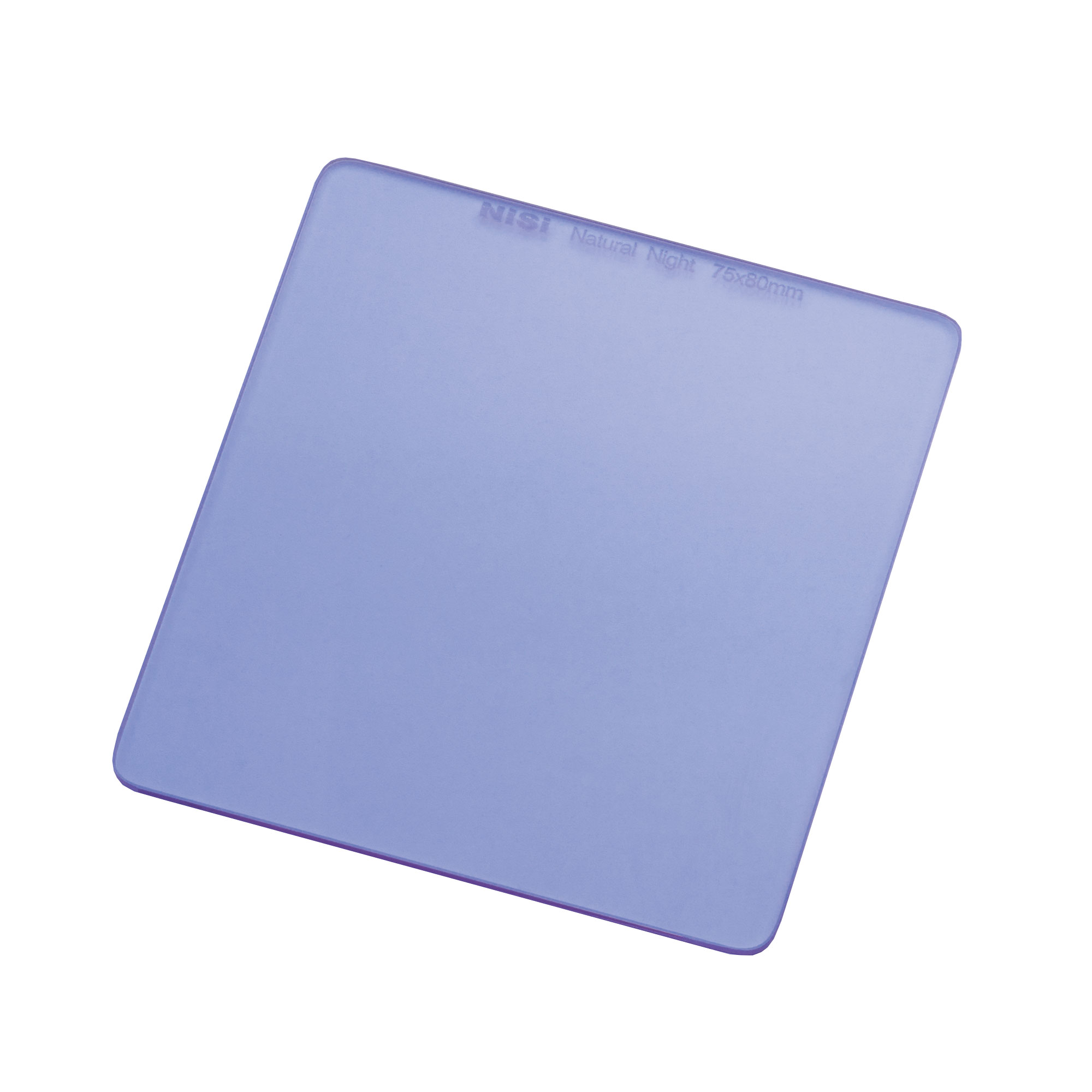
Natural Night Filter – These include the Natural Night Filter in all of the available holder sizes.
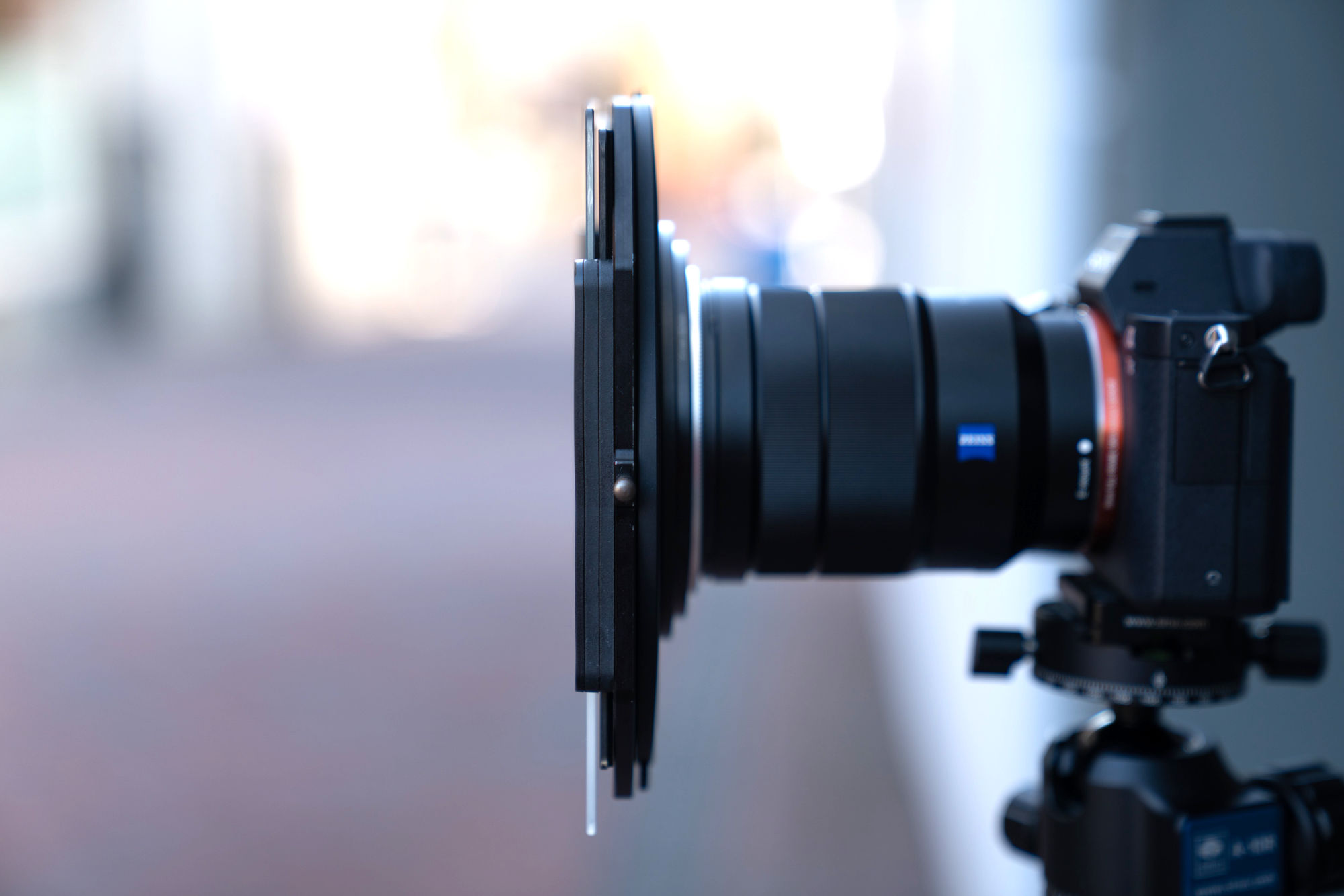
Let’s take a look at each different system and where you should insert filters into the holder. For consistency, for holders with 3 slots – the filter slot that is closest to the back of the camera will be slot #1, the middle slot is #2, and the one that is furthest from the back of the camera will be filter slot #3 in the references below. If the filter holder only has two slots, the one closest to the back of the camera will be #1, and the other available slot will be #2. The filters that will be inserted into any slot will be completely dependant on the number of filters you choose to stack together.
Circular polarizer on 75mm, 100mm and 150mm holders
One of the advantages of using a NiSi square filter system is having the circular polarizer mounted behind the filter holder, which saves space within the slots for other filters while still allowing it to be rotated and adjusted to your desired polarisation strength. If your chosen square filter system includes a circular polarizer, this will always be mounted first within the lens adaptor, and then the filter holder will clip over the adaptor to allow you to use other ND filters stacked in front of the polarizer.
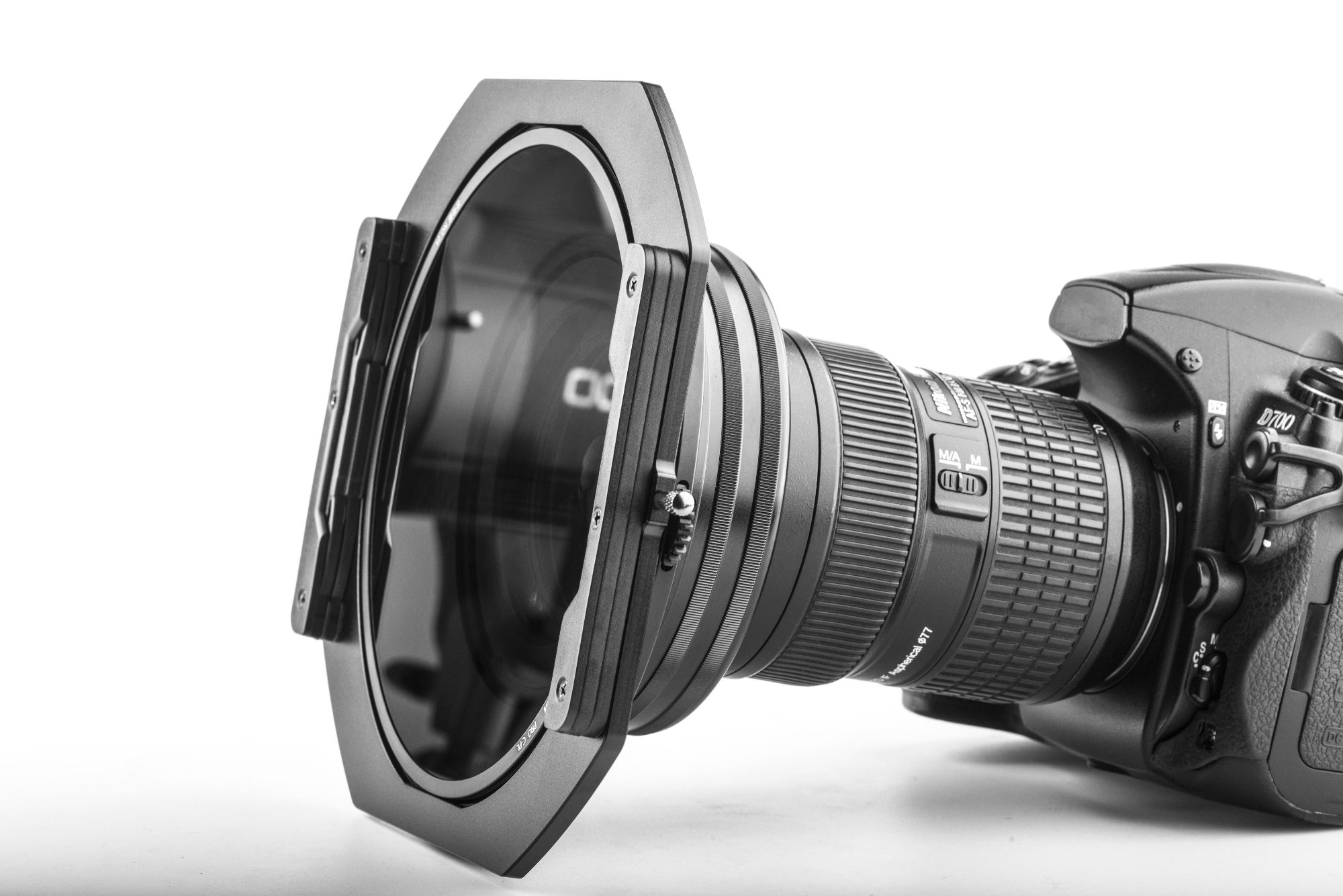
Filter slot #1 on 75mm, 100mm, 150mm, and 180mm holders
In terms of inserting ND filters in the correct order, no matter which filters you are choosing to use filter slot #1 should always be filled. This will ensure you are either creating a light seal against the filter holder or also prevent light from reflecting off the back of any filters being used.
The first filter slot is typically designed to have a Neutral Density Filter (which has a rubber light seal) if you are choosing to stack multiple filters together. It is very important that slot #1 is filled with a Neutral Density Filter if you are intending to use one at all within the filter stack. So if you are intending to use any of the above mentioned 3 Stop, 6 stop, 10 stop, 15 stop, or 20 stop ND filters, ensure this slot is filled firstly with one of these, and that the filter is inserted correctly so that no light can leak in behind the filter.
If you do not intend to use a Neutral Density Filter but are using a Natural Night Filter, insert this into slot #1. There is no light seal required for the Natural Night Filter as there is not enough of a reduction in the amount of light being transmitted through the filter to need it. Ensure you are lining the Natural Night Filter up correctly so that it covers the entire inner adaptor ring.
If you do not intend to use a Neutral Density Filter or a Natural Night Filter, slot #1 is where you would insert a Graduated Neutral Density Filter. Again, there is no light seal required for a Graduated Neutral Density Filter as they are required to be adjustable when sliding them up and down, but you should still always insert these as close to the back as possible if you are not using other filters in the stack to prevent light from reflecting off the back of the filter.
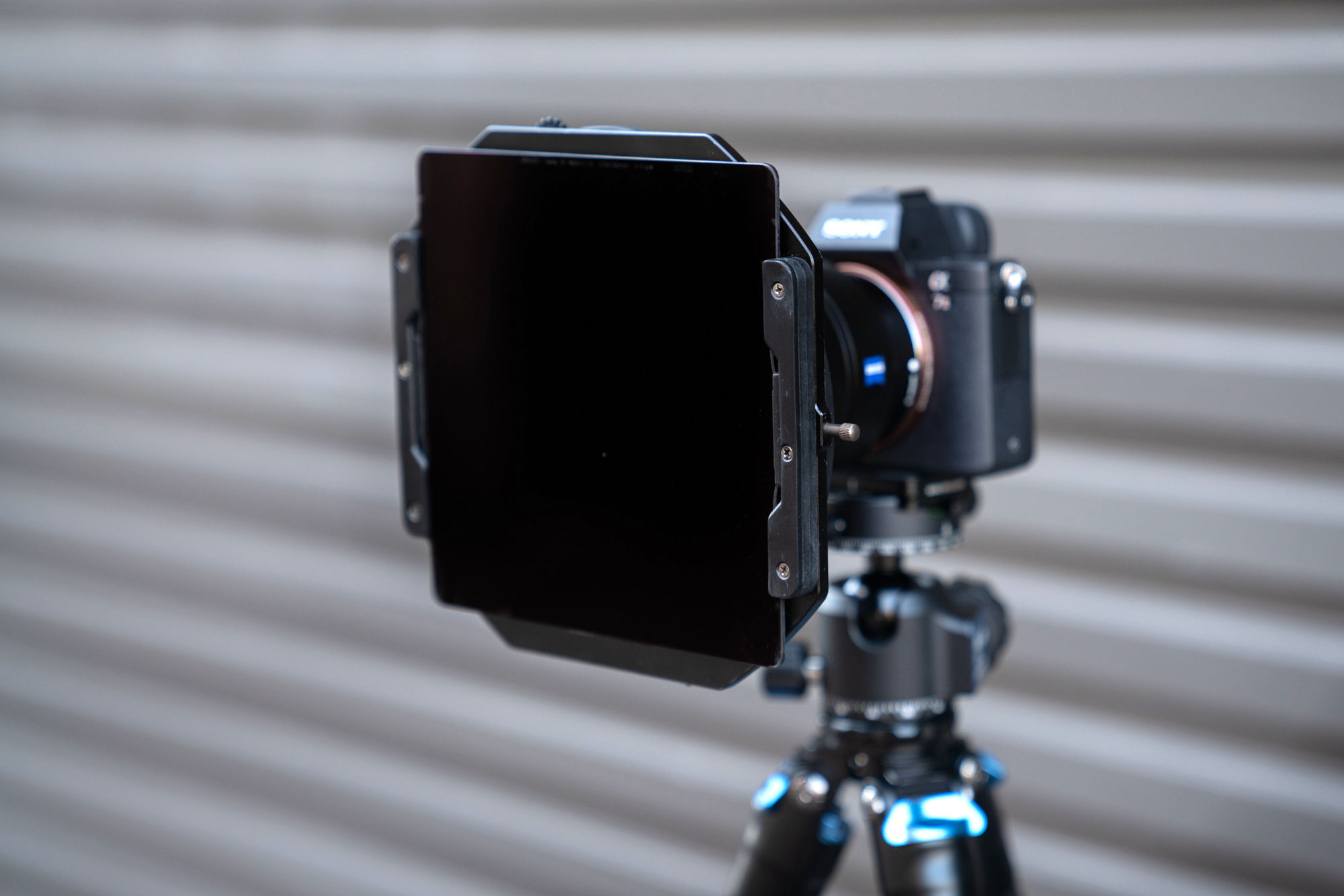
Filter slot #2 on 75mm, 100mm, 150mm and 180mm holders
The next filter in the stack is going to be dependant on which size system you are using, as well as what other filters you are choosing to use. The 75mm, 150mm, and 180mm holders only have space for 2 filters. The 100mm systems have space for 3 filters.
No matter which size system you are using, if you intend to stack multiple Neutral Density Filters like a 3 stop and 6 stop, or 6 stop and 10 stop together, filter slot #2 will need to be filled with one of these. The rubber ring around these filters will seal against the filter you have inserted into slot #1 limiting any potential for light leakage. Again this is very important and could save you a lot of time if you are shooting the super long exposures these combinations of Neutral Density Filters can produce when stacked together.
If you are not intending to use a second Neutral Density Filter, but are choosing to use at least one Graduated Neutral Density Filter, insert this into slot #2. Graduated Neutral Density Filters should always be inserted in the next available slot in front of Neutral Density Filters. This is also the case if you have inserted a Natural Night Filter into slot #1. The Graduated Neutral Density Filter will be placed in front of a Natural Night Filter.
With any 150mm and 180mm holders that only have two slots and do not incorporate the Circular Polariser into the holder (which the 150mm S5 system does include), if you are using a Neutral Density Filter, slot #2 could be used for the Square HD Polarizing Filter, an extra Neutral Density Filter, or a Graduated Neutral Density Filter.
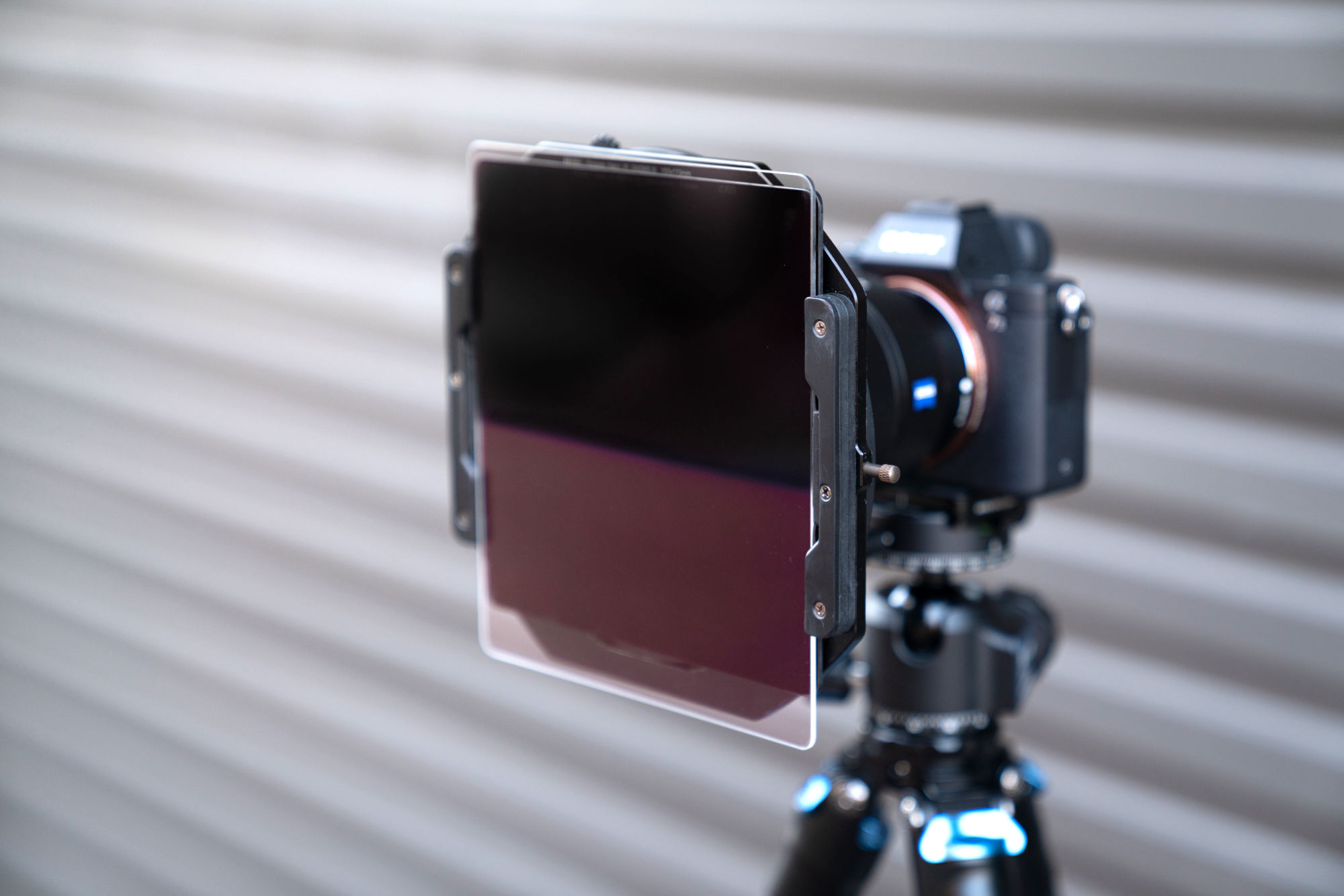
Filter slot #3 on 100mm holders
The third slot on 100mm is most likely going to be used for a Graduated Neutral Density Filter. It is possible, but probably unlikely that you will require any more Neutral Density Filters within the filter stack when combining 3 filters together. One possible thought that comes to mind would be to use 3 x 3 Stop ND (ND8) to produce a 9 stop reduction in light. But in most circumstances this not likely.
So slot #3 in most circumstances will be for a Graduated Neutral Density Filter of some kind. Again a light seal is not required to be produced by graduated filters, and you will be able to adjust the positioning by sliding the filter up and down within the holder. If you have a Graduated Neutral Density Filter in slot #2, it is possible to still fill slot #3 with second Graduated Neutral Density Filter to potentially correct the exposure in another part of the image, such as the foreground if the sky is already being covered by another grad filter.
Remember to fill the holder slots from back to the front no matter what filters you are using
No matter how many filters you are using, and which combination of filters you choose to use in a stack, it is very important to fill slot #1 of the filter holders first, and then ensure that any Neutral Density Filters that come with a rubber light seal on them are always inserted into slot #1 first. When using a second filter of any kind, ensure it is inserted into slot #2 with priority being shown again to any Neutral Density Filters that have the rubber ring. If you are filling your filter slots in the order mentioned above you will ensure you are limiting any potential of light leakage to impact on your images!
